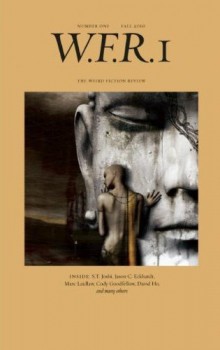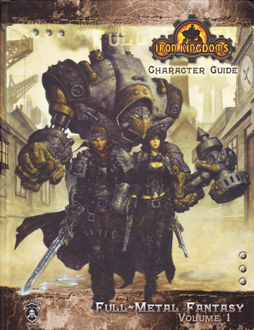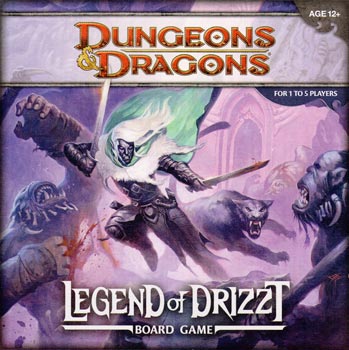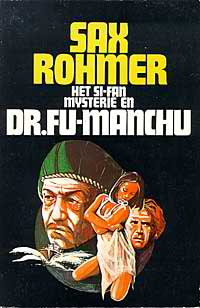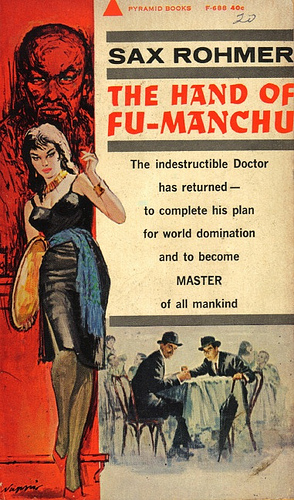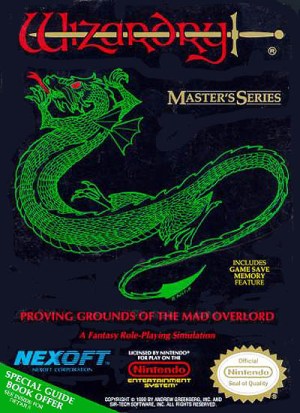Art of the Genre: I.C.E.’s Middle-Earth Roleplaying Part One, Gail B McIntosh
Yes indeed, I bring you another tale of art before you attempt to burst the buttons off your jeans with a hearty Thanksgiving feast. All winter holidays are something strange here in L.A., and it’s hard to think about turkey, snow, and roasting anything when the sun is bright and ocean breeze carries the promise of white-tipped surf and meditative tranquility.
Art, however, never takes a holiday [nor do we here at Black Gate L.A. since John O’Neill thinks days off are a grand waste of time]. That being said, I began a project some time ago that is very dear to my heart, so much so that Ryan Harvey doesn’t even argue with me about it which is saying something.
Below, I’ll lay the groundwork for my argument in case you who read this would like to contradict me, but I warn you, my passion is unmatched, and without vacations I’ll simply outlast you. Today, then, begins Part One of a small series dedicated to this topic, and I hope you’ll take the time to read them and educate yourself.
Part One:
I would argue that the prettiest role-playing game ever produced was Iron Crown Enterprises the Middle-Earth Role-Playing. Certainly the game’s popularity in the RPG boom decade of the 1980s was only rivaled by the gorilla in the room of TSR’s AD&D, statistics from the time indicating MERP was second in sales totals for the decade behind the RPG giant.
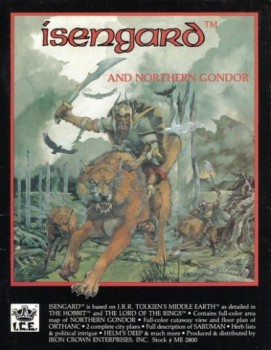

 Three years ago this week I posted my fist official article on the new Black Gate blog. I was one the original seven bloggers who answered John O’Neill’s call to make Black Gate online a place people wanted to visit again and again.
Three years ago this week I posted my fist official article on the new Black Gate blog. I was one the original seven bloggers who answered John O’Neill’s call to make Black Gate online a place people wanted to visit again and again.
